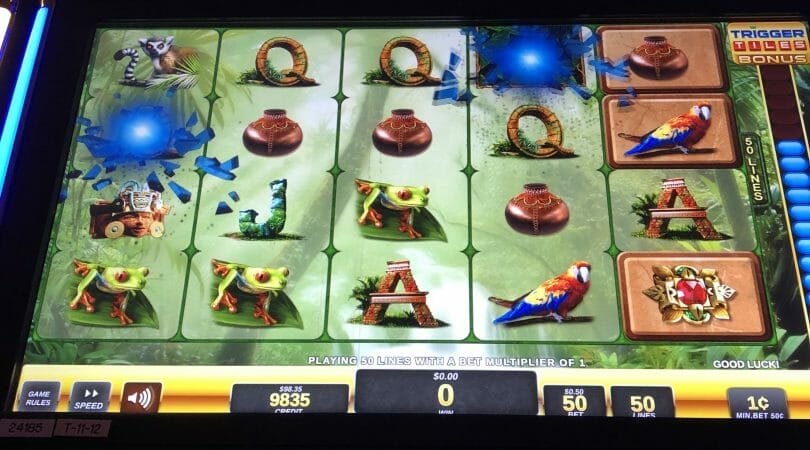A slot’s design depends on the ability for a machine over time to take in more money than it awards, and depending on the various payback percentages offered, some adjustments to meet the setting.
One thing that allows games to meet these payback requirements, while avoiding seeming too dead or boring, is the concept of a false win. In this, you line up symbols on one or more lines and are paid, but the amount paid is less than your wager.
For example, you wager $1, and win 25 cents on two lines. You’re paid 50 cents, but your wager is $1. The game will still say you “won” 50 cents, even though the spin was technically a loss.
There’s a psychological factor to all this as well – it makes it seem like the game is paying out more often than it is, even though it’s not paying enough to cover the wager.
Here’s a video that dives into the topic in more detail:
The concept of a false win is something that became much more common with higher line, lower limit games where striking a balance is critical, and there’s effectively a lot more individual wagers (in this case, each line) happening on a single spin.
When you had a single line, there was no reason to have false wins (heck, even a single cherry appearing on many old school games counted as a win), but because new games have so many lines, the game is paying on certain lines and not on many others, leading to this scenario.
If a player chose to only wager five of those lines, the frequency of false win would heavily reduce or even be eliminated, depending on how a game pays.








